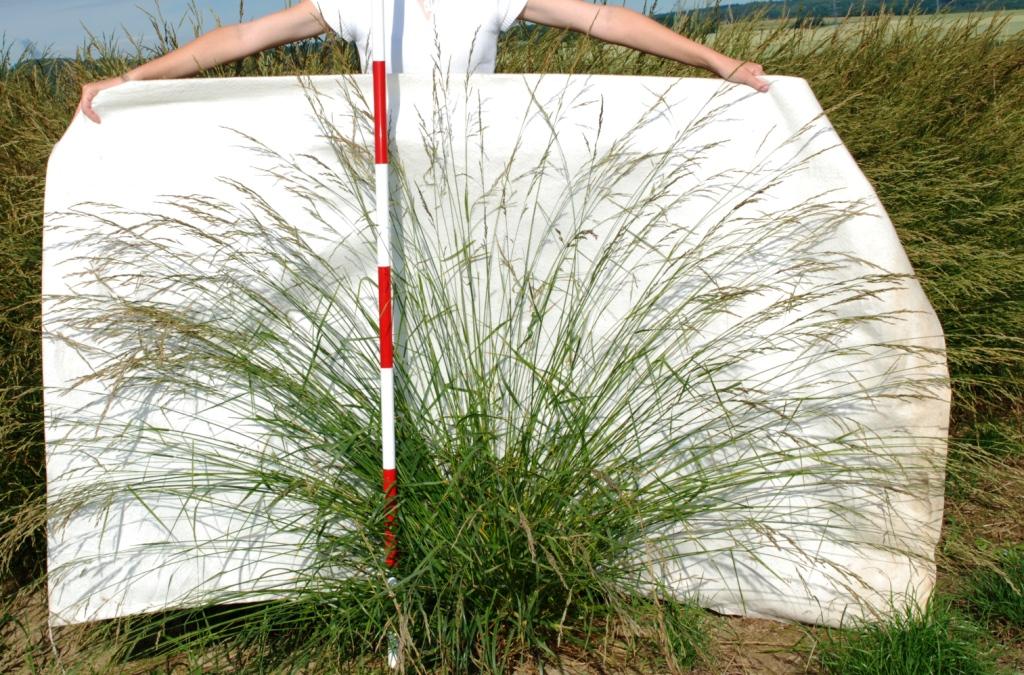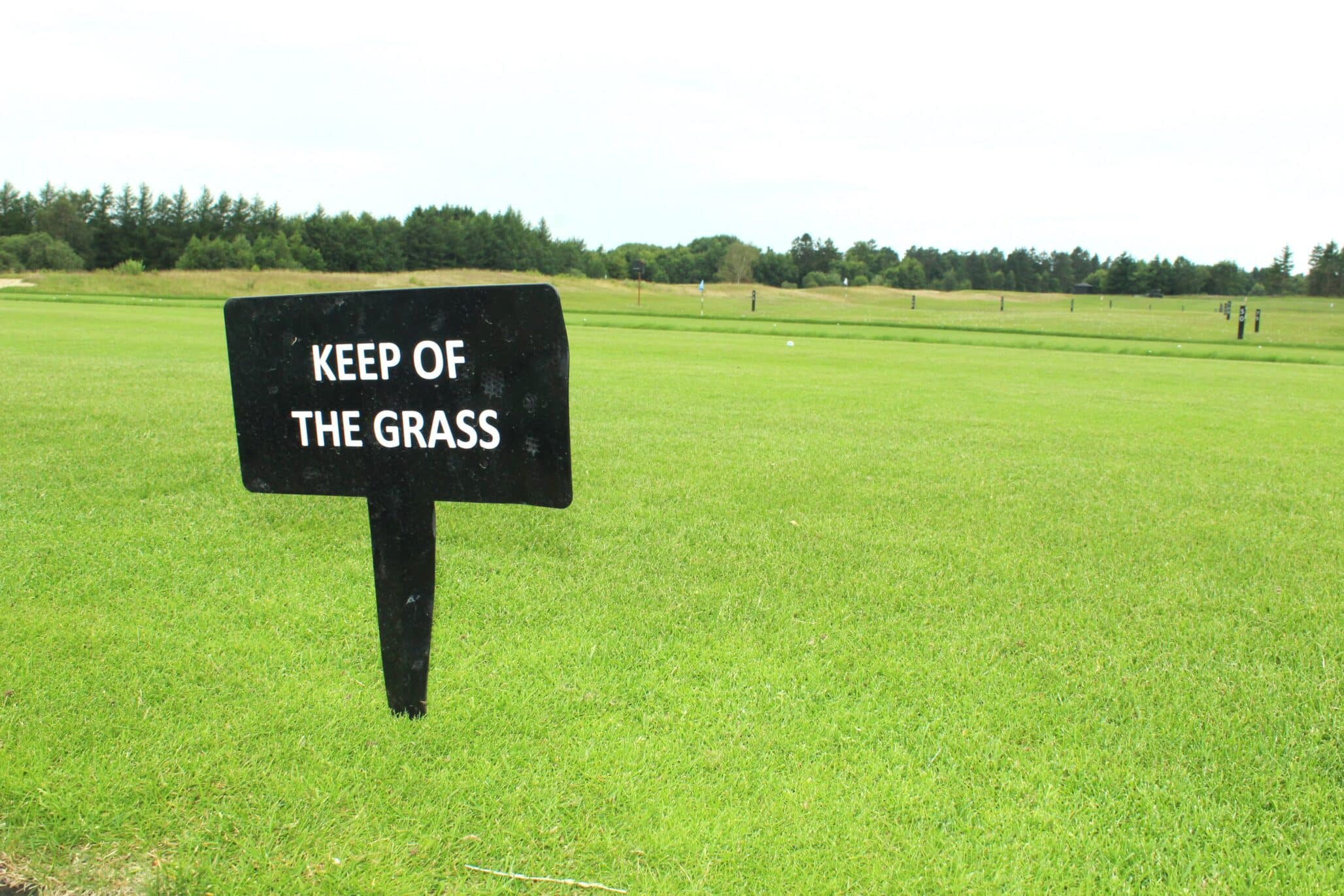Sometimes plant breeding can open new doors by combining the best traits of two species. Festulolium is a relatively new species, where plant breeders have succeeded in making a successful match between two grass species – creating a new product combining the best of both parents.
Festulolium is grass genera developed by crossings between the fescue and ryegrass species. Such crossings are possible due to the close genetic affinity of both genera. It is assumed, that present ryegrass and wide leaved fescue species were phylogenetically developed from the same ancestor, that was similar to present fescues. Festulolium species are known from the nature as result of random crossings between ryegrasses and fescues. But up to now, naturally developed Festulolium’s have problems with fertile seed production. This is where R&D and plant breeding are able to speed up the selection process of suitable Festulolium genotypes for agricultural purpose.
The motive for Festulolium plant breeding is to combine the excellent yield and feeding quality of ryegrass with the persistency and stress tolerance of fescue in one variety. Such a combination of agricultural traits is very relevant in a period of climatic changes where we have to keep up yields in more extreme environmental conditions.
The first Festulolium varieties were listed in the USA and the UK already in 60’s and 70’s in the last century, but their agricultural quality was not on level with their parent species at that time. The first varieties used in agriculture were listed in the end of 80’s and beginning of 90’s in Germany, former Czechoslovakia and Poland. Most of those varieties are still available in the market.
At present, three Festulolium species are available for agricultural purpose:
- Festulolium braunii (Lolium multiflorumx Festuca pratensis)
- Festulolium loliaceum (Lolium perennex Festuca pratensis)
- Festulolium krasanii= Festulolium pabulare (Lolium multiflorumx Festuca arundinacea)
Many grass breeding companies worldwide have breeding programmes in Festulolium and just now 58 varieties are included on the OECD variety list. Of these, 21 varieties originate from DLF R&D programme. Most of the varieties are classified to the Festulolium braunii species.
With registration of the first Festulolium varieties, the question arose how to find a suitable use of Festulolium as new agricultural species. In Central Europe we started development trials in the middle of the 1980’s, where single varieties were tested in pure stands or in mixtures with Red clover and Lucerne for arable land or grassland mixtures. Trials were made on many locations in former Czechoslovakia and Poland from lowland up to mountain areas, and these trials resulted in recommendations for mixtures suited for a wide agricultural range under Central Europe climatic conditions and managements.
Now single Festulolium varieties are stabile components of a wide range of mixtures well accepted by farmers in Central European countries. Farmers in other European countries have also embraced this new forage species as an interesting choice, when climatic conditions requires innovative managements.







